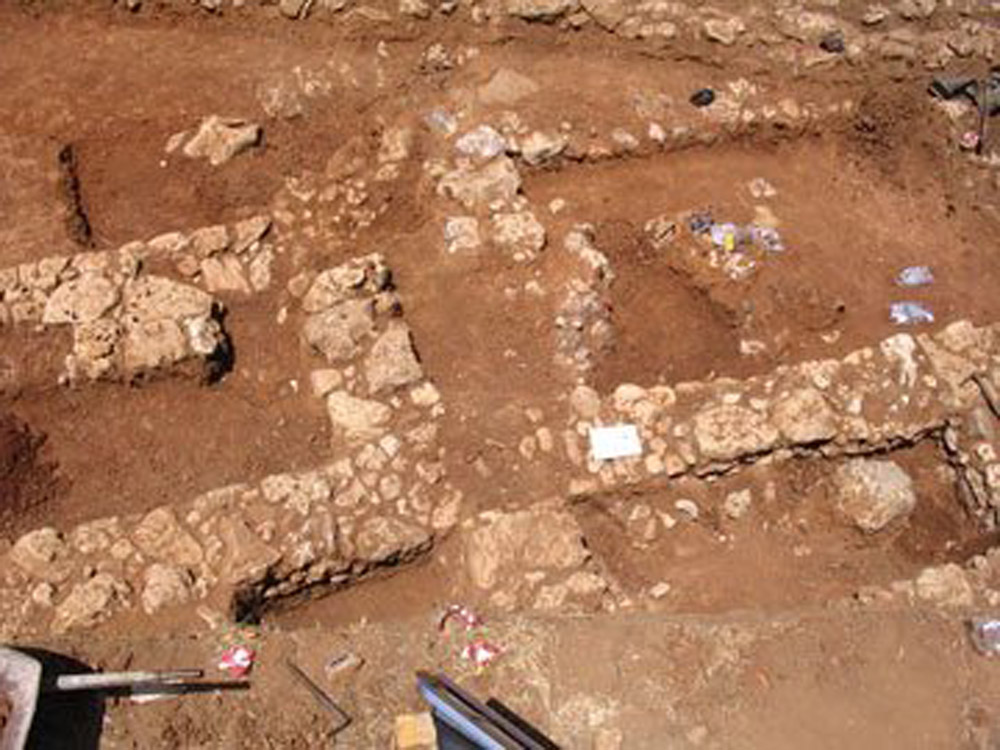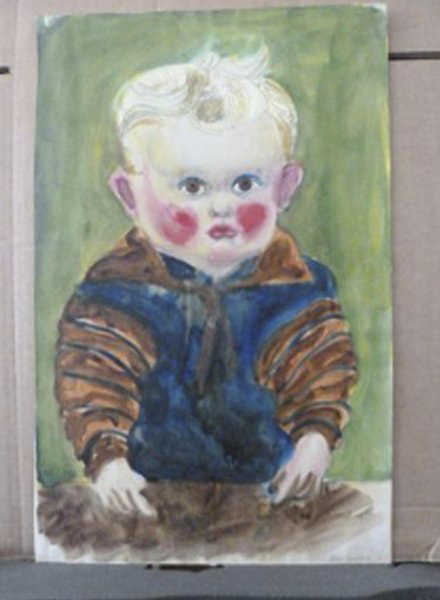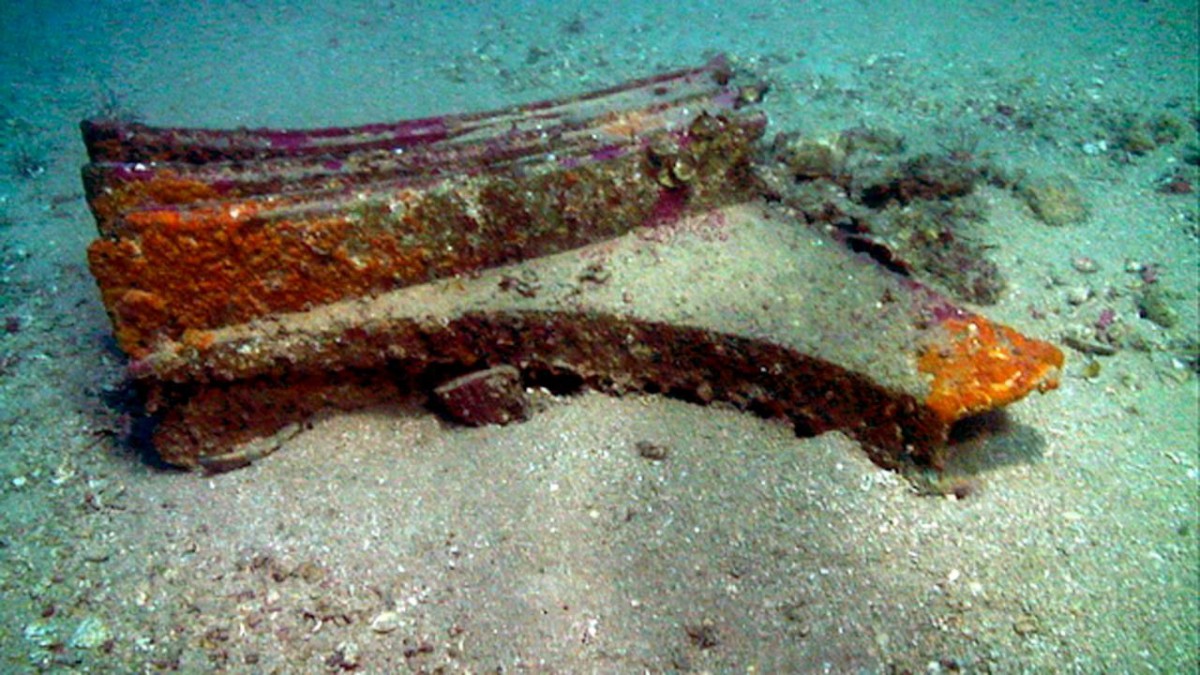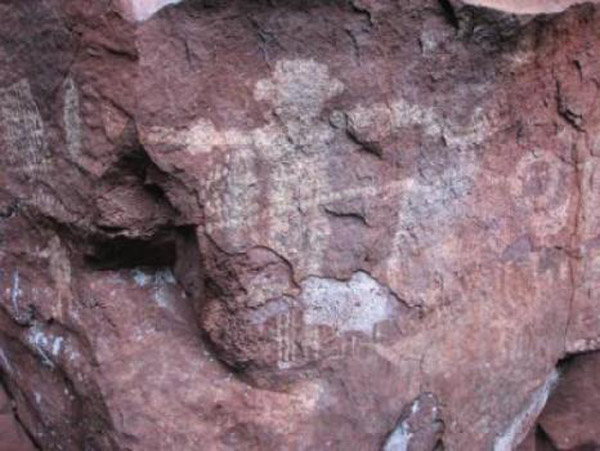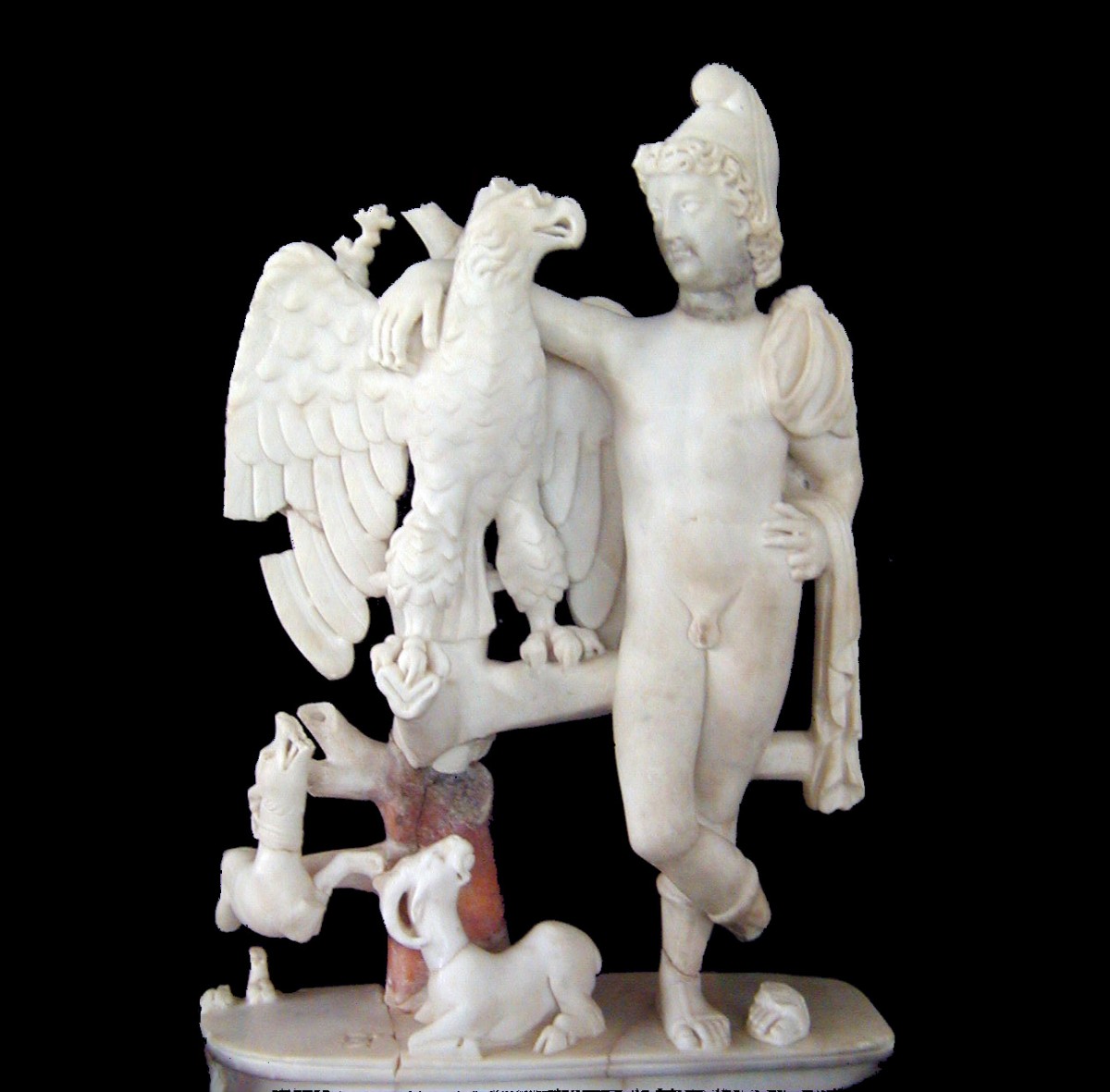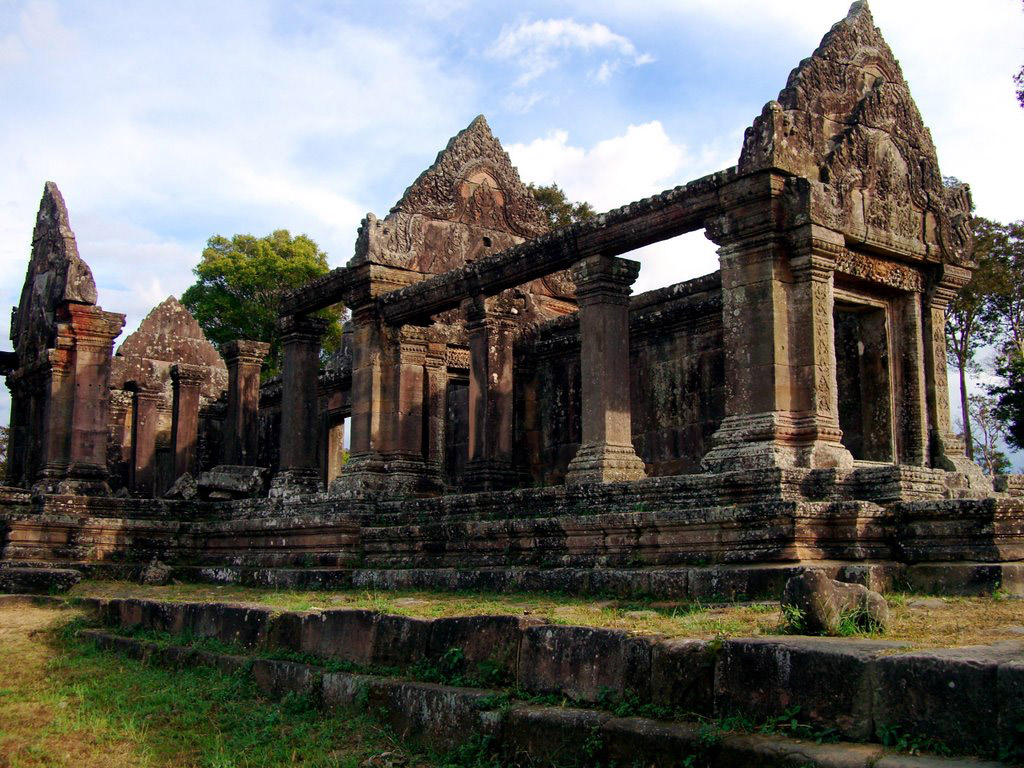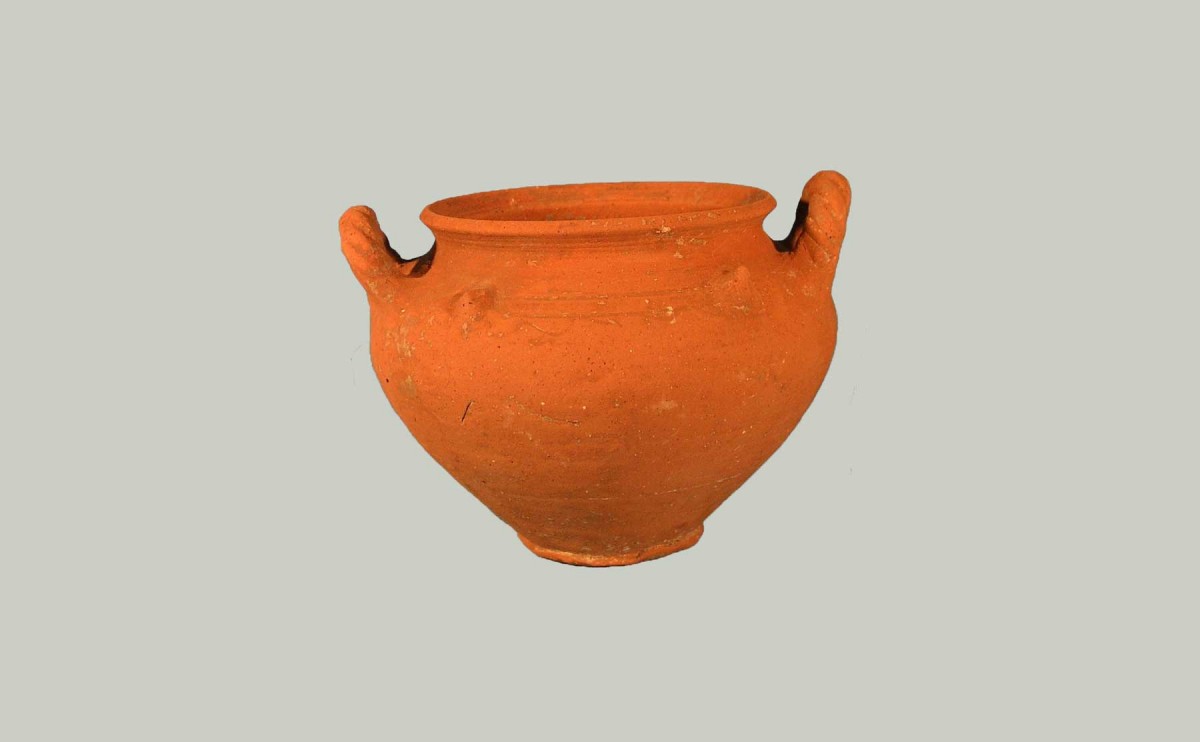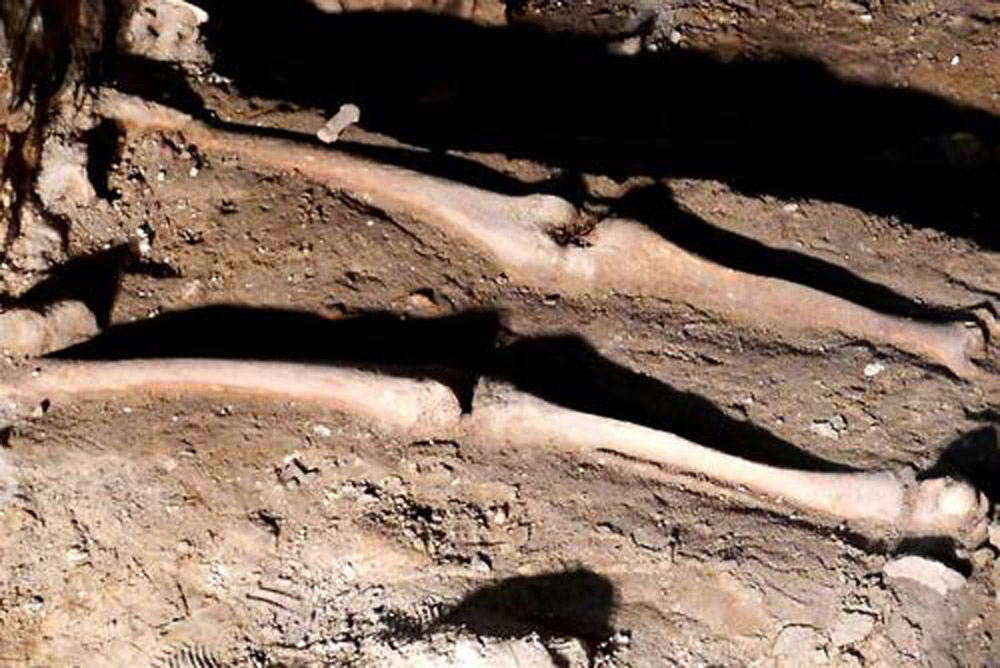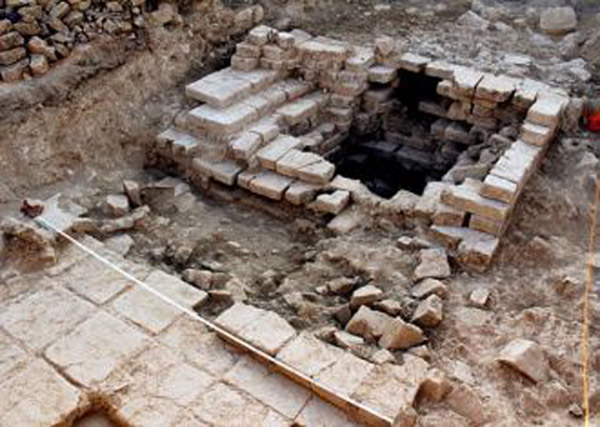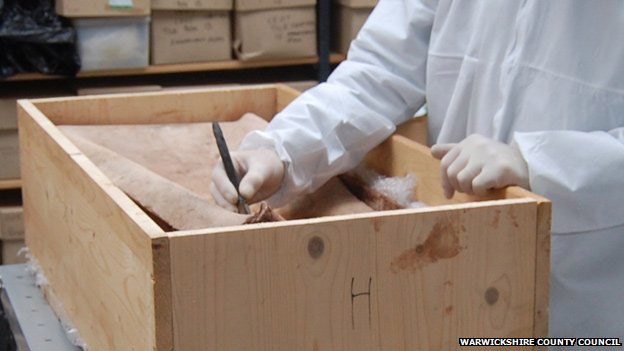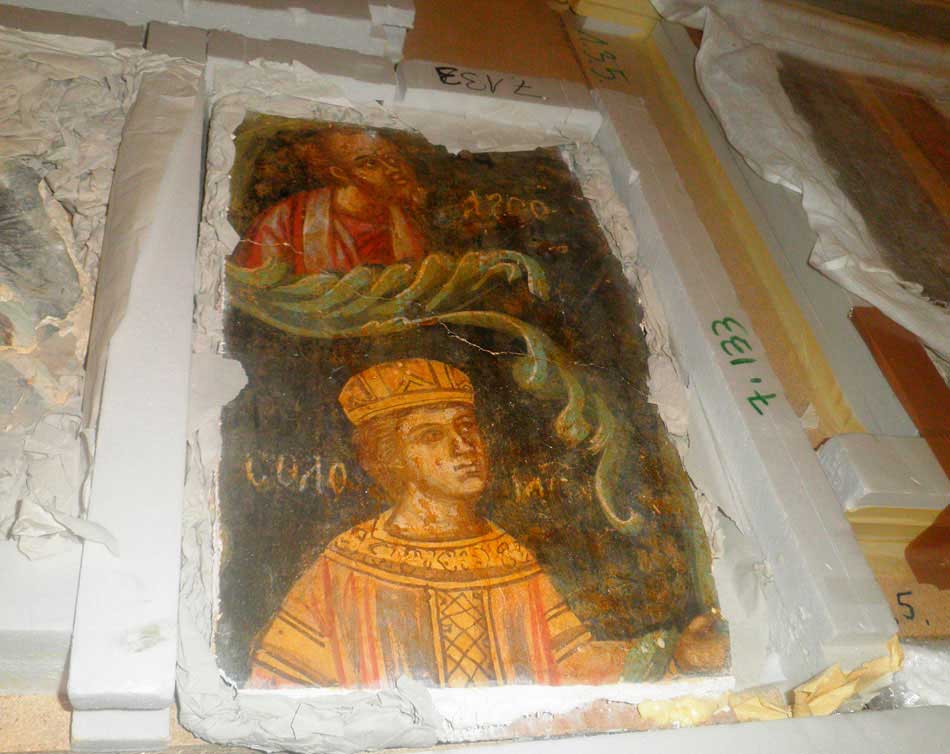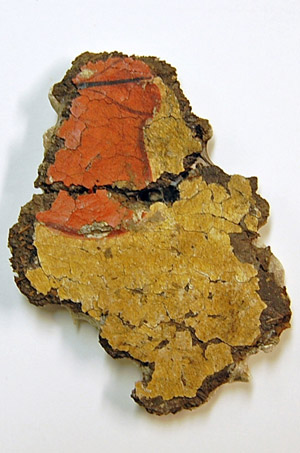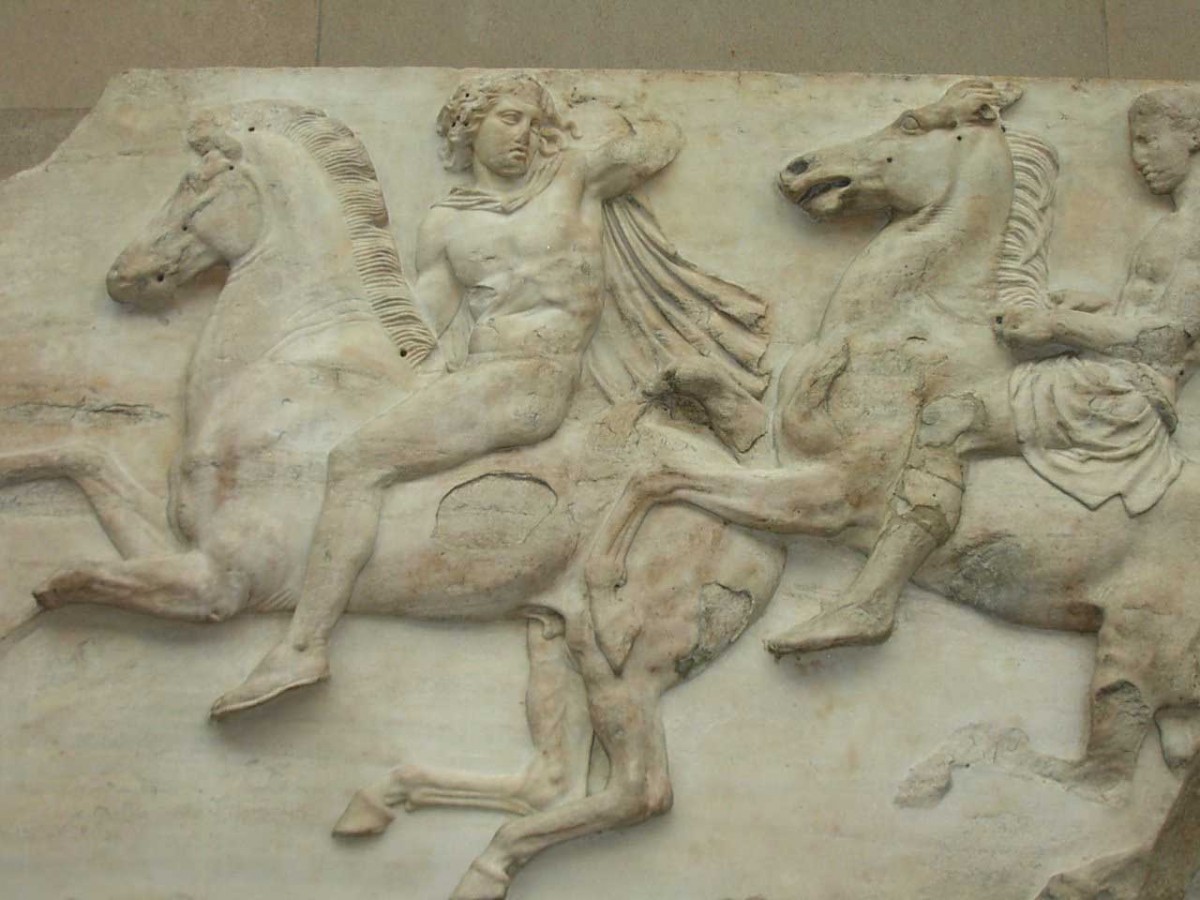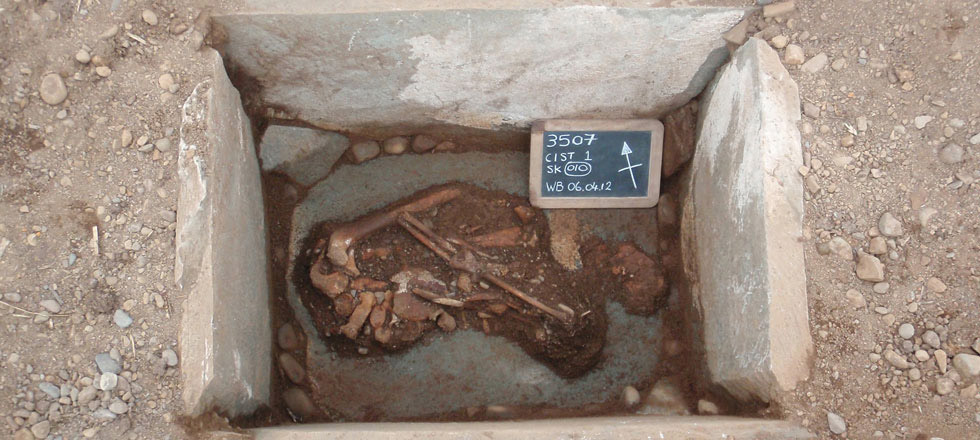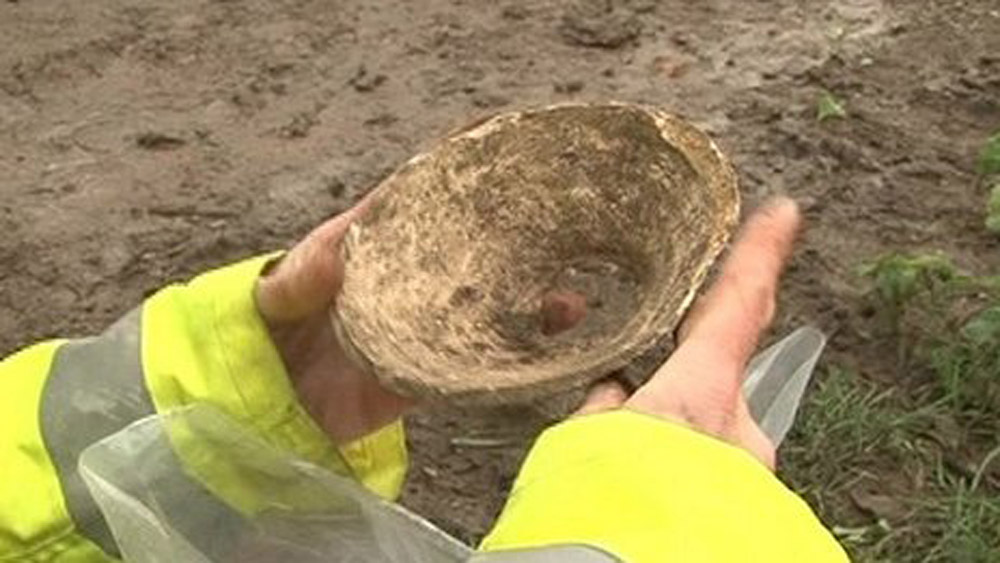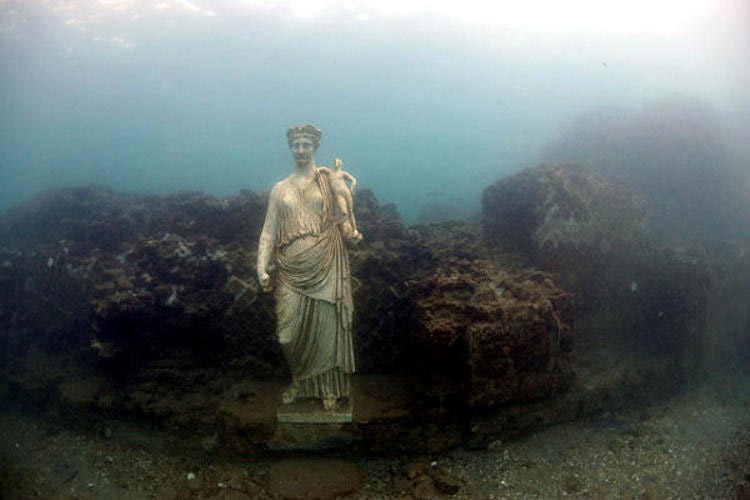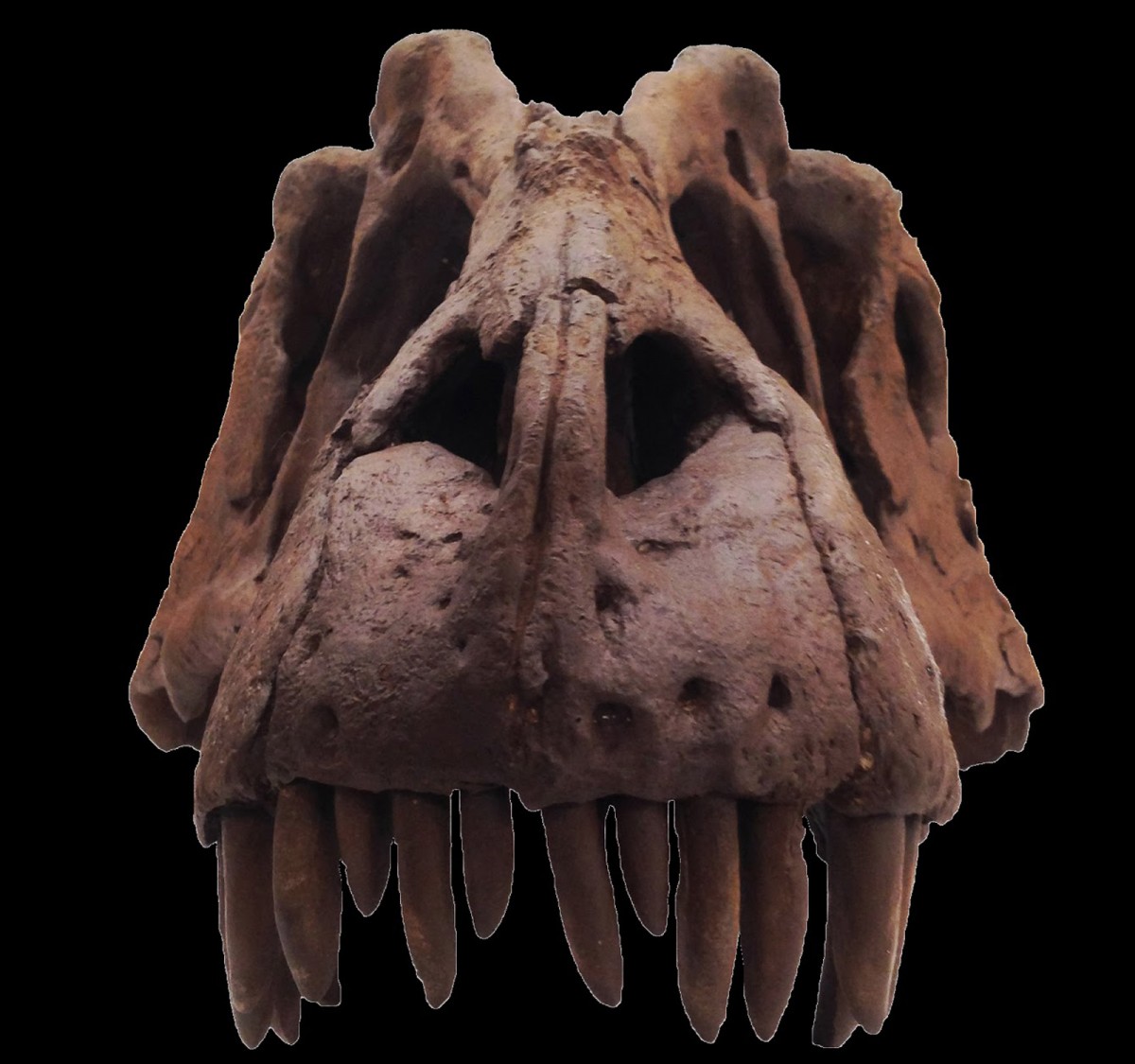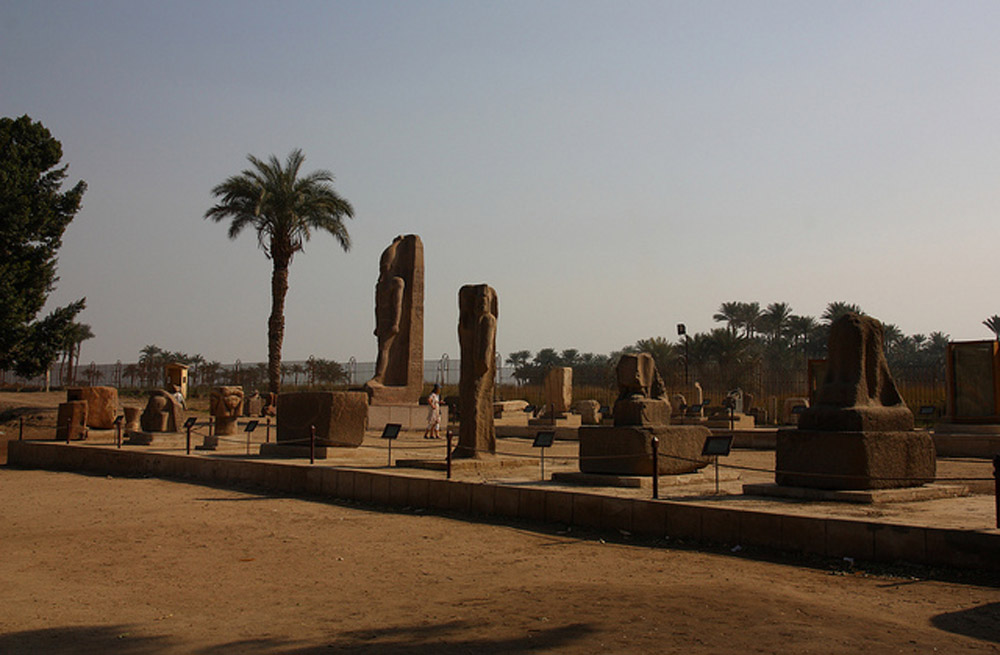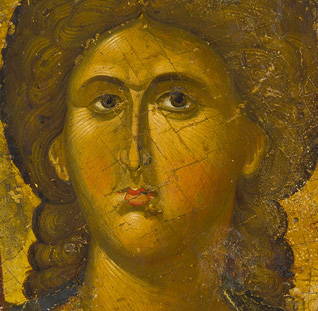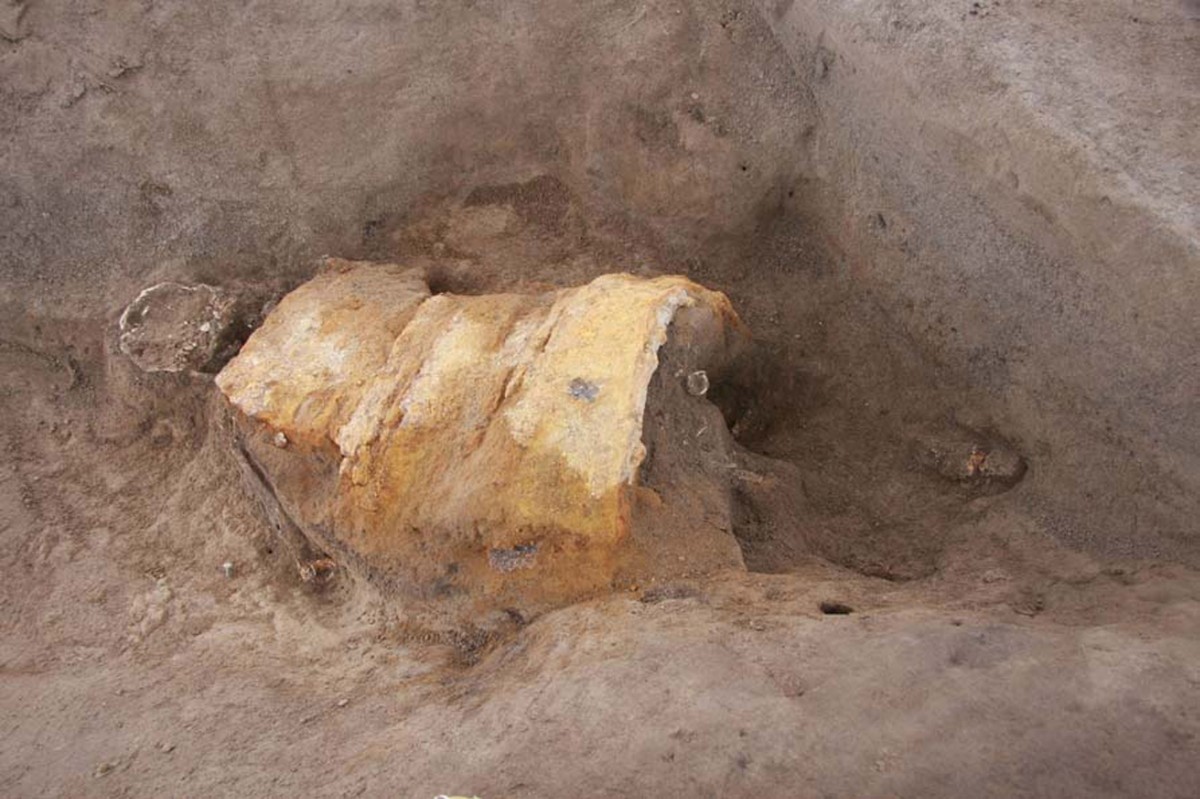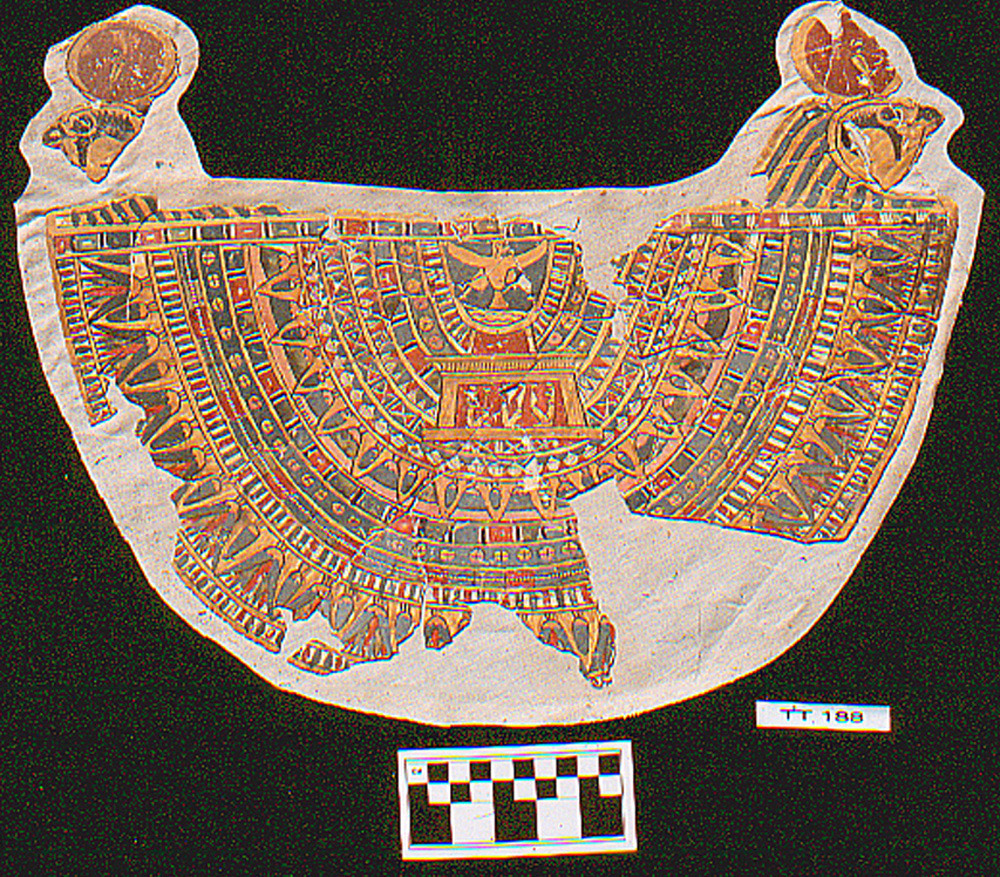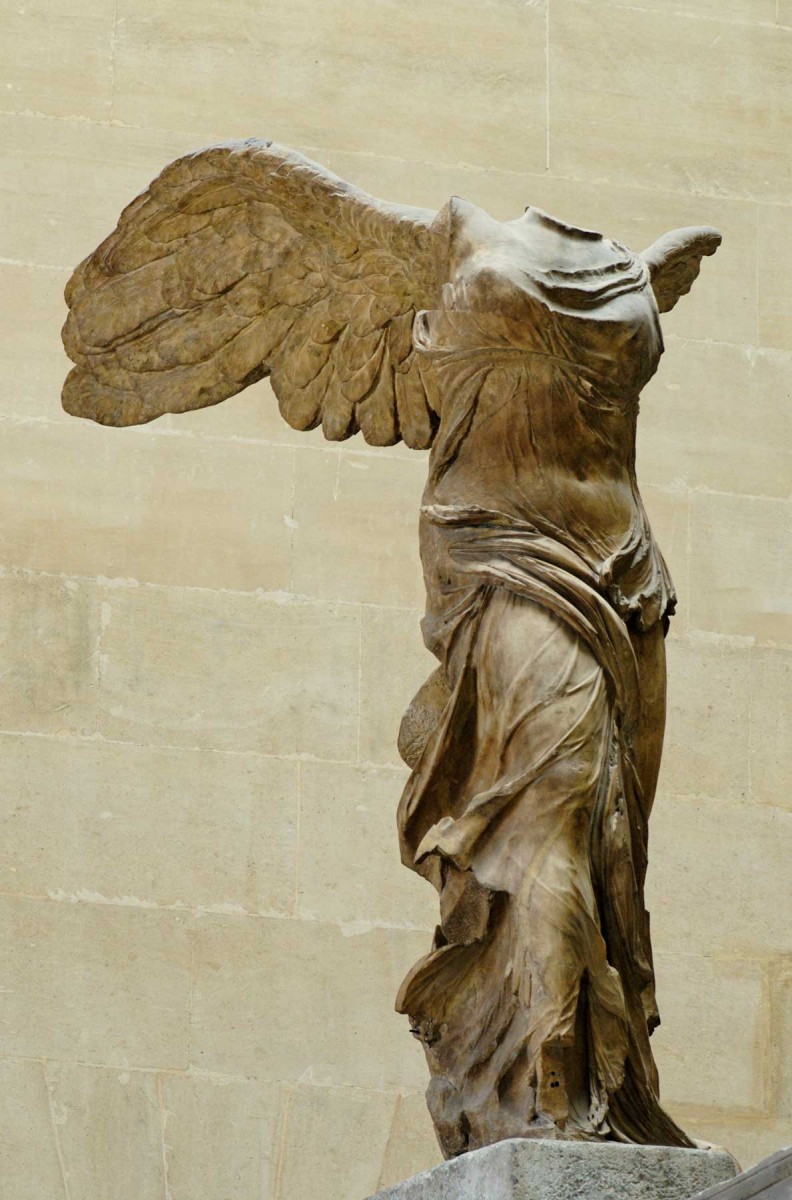Ancient Roman Villa and Spa Discovered in Loutraki
The remains of the villa, the spa and a Classical era temple excavated in 1920, point to Loutraki’s existence as an independent settlement dating back to the Classical era, in addition to Roman references to the town as ‘Thermae’.
‘Degenerate Art’: List of 25 Works from Munich Nazi Art Trove Made Public
25 paintings have been catalogued on Lostart.de, Germany's Magdeburg-based central database for missing works.
Ancient naval battle site yields relics of war
Mapping, surveying and studying the area where the remains of an anciant naval balttle still lay.
4,000 to 10,000-Year-Old Cave Drawings Found in Brazil
While tracking white-lipped peccaries and gathering environmental data in forests that link Brazil's Pantanal and Cerrado biomes, a team of researchers discovered ancient cave drawings made by hunter-gatherer societies thousands of years ago.
Roman Statue Stolen From Carthage
Studies of the sculpture and others like it made clear that wealthy Christians of the period did not hesitate to decorate their homes with pagan sculptures.
Who Owns World Heritage?
Τhe court said that Cambodian sovereignty covered all of the promontory on which the temple was located, but not as far as a nearby hill Cambodia called Phnum Trap and Thailand refers to as Phu Makua.
Exhibit of the month: Seven clay miniature vessels
This month's exhibit of the Archaeological Museum of Arta is a set of seven clay miniature vessels.
Old School Archaeology in Mazowieckie
More human remains from burials in the period from the 12th to the 18th century have been discovered during the renovation of the oldest school in Poland, the Marshal Stanisław Małachowski High School in Płock (Mazowieckie).
Ancient Temple Discovered in Southwest Iran
Elymais was an ancient Parthian vassal state located east of the lower Tigris River and usually considered part of the larger district of Susiana.
Opening a Roman Child’s Coffin
Scientists said they hoped it would reveal more about the culture of Roman Britain and even Romans' diets.
Repatriation of the 173 ecclesiastical cultural treasures
Today, Tuesday 12 November 2013, a ceremony will be held in the Byzantine Museum of the Archbishop Makarios III Foundation, in Nicosia, to mark the repatriation of the 173 ecclesiastical cultural treasures which were stolen from the occupied areas of the Republic of Cyprus.
Egypt Links Berlin to Liverpool?
Database will include scans of excavation archives and geographical data from Amarna so the public can see how and where the objects were discovered.
International Colloquy about the Parthenon marbles opens on Friday
Only few days are left before the opening of the International Colloquy: "Parthenon. An Icon of Global Citizenship", which will take place at the University of Sydney on 15 to 17th November.
Life and Death in Bronze Age Galloway
The Blairbuy results therefore highlight the merit of multi-element analysis and the advantages of using readings from an occupied cist as a signature for comparison with other potential funerary contexts in the proximity.
Roman Pottery Found at Newborough
Roman pottery, evidence of a Roman settlement and "possibly Saxon" artefacts have been found at a proposed solar farm site near Peterborough.
Newly discovered predatory dinosaur reveals origins of T. rex
Lythronax argestes inhabited Laramidia, a landmass formed on the western coast of a shallow sea that flooded the central region of North America, isolating western and eastern portions of the continent for millions of years during the Late Cretaceous Period
Exeter’s Roman Baths to Become a Tourist Attraction
The Very Reverend Dr Jonathan Draper, Dean of the cathedral said the cathedral would have talks with engineers, archaeologists, city planners and English Heritage on how it could be done.
Does Archaeology Needs Defending?
The importance of Archaeology is questioned again and the problem seems to lie in its fun factor.
Lost Ancient Egyptian Shrine Recovered
Antiquities Minister Mohamed Ibrahim said the ministry's archaeological committee had confirmed the naos is authentic and dates from the Old Kingdom.
Byzantium Through Western Eyes
To a Western eye, Byzantine art presents a set of challenges as certain viewpoints on aesthetics need to be overcome in order for its nature to be appreciated.
Ancient Helmet Found in Shibukawa
A CT scan of the soil covering the skull showed the 13-cm. high helmet. Like the armor, which was found last year, the helmet is made with kozane metal scales.
Restoring a Mummy Collar
Dating back around 2,300 years ago and found in pieces in a reused tomb in modern-day Luxor, the collar is painted in a vivid array of colors and probably adorned the body of a wealthy undertaker.
€ 500,000 to Restore Nike of Samothrace
€ 500,000 have been raised so far in the framework of a campaign aiming to fund the restoration of the Nike of Samothrace, according to a statement issued by The Louvre, where the famous statue is housed since 1884.
